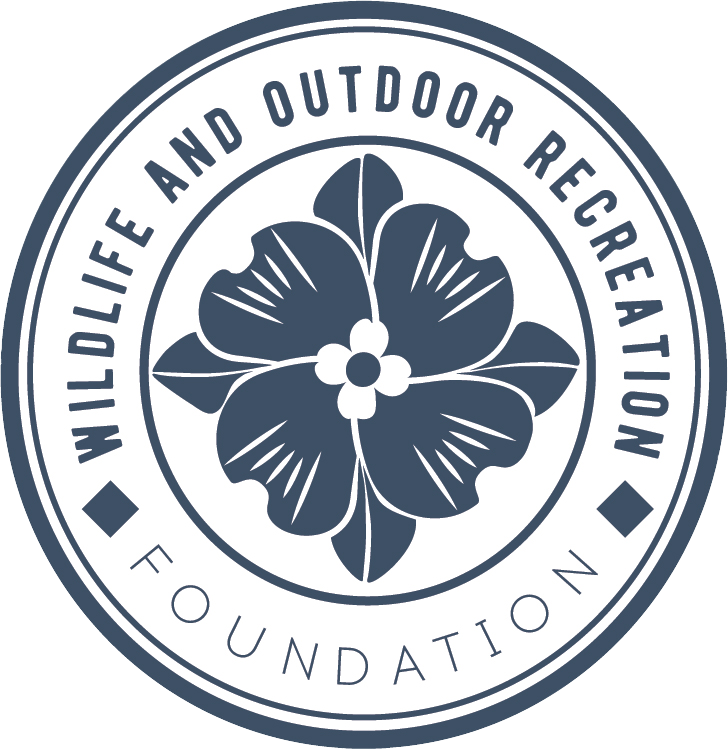Wildlife Conservation Support
how does wildlife conservation bring balance to the environment?
Wildlife plays specific roles in their ecosystems, such as predators controlling prey populations or pollinators aiding in plant reproduction. Protecting wildlife helps ensure these roles are fulfilled, which keeps ecosystems functioning smoothly.
Wildlife conservation is crucial for maintaining the health and balance of our planet.
2. Biodiversity
Diverse species contribute to ecosystem resilience. By conserving wildlife, we preserve the variety of life forms, which supports healthy and adaptable environments.
1.Ecosystem Health
Wildlife plays key roles in ecosystems, from pollination to pest control. Protecting animals ensures these vital functions continue, keeping ecosystems stable and resilient.
4. Climate Regulation
Wildlife, such as forests and wetlands, helps regulate the climate by absorbing carbon dioxide and maintaining temperature balance.
3. Natural Resources
Healthy wildlife populations contribute to ecosystem services like clean air, water, and fertile soil. These services are essential for human well-being and economic stability.
6. Future Generations
Protecting wildlife ensures that future generations inherit a rich, diverse natural world, with the opportunity to experience and benefit from its wonders.
5. Economic and Cultural Value
Wildlife supports industries like eco-tourism and fishing, and has cultural significance for many communities. Conservation helps sustain these benefits.
At Risk & Declining Common Species
How We Support Wildlife Conservation
Habitat Preservation: Protecting natural habitats where at-risk species live.
Habitat Restoration: Restoring damaged or degraded habitats to improve conditions for these species.
Sustainable Management Practices: Implementing practices that ensure habitats are used in a way that doesn’t harm amphibians and reptiles.
Raising Awareness: Educating the public about the importance of amphibians and reptiles and the threats they face.
Implementing Legislation and Regulations: Enforcing laws and regulations designed to protect these species and their habitats.
Supporting Research and Monitoring Initiatives: Funding and promoting studies to understand and track the status of at-risk species.
Promoting Responsible Practices: Encouraging behaviors that minimize negative impacts on at-risk species and their environments.




